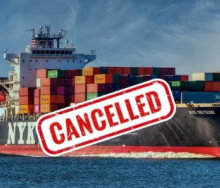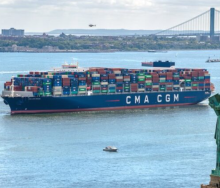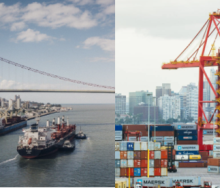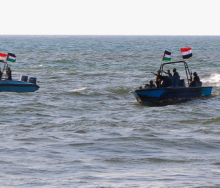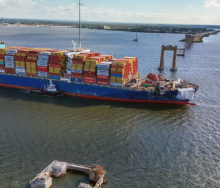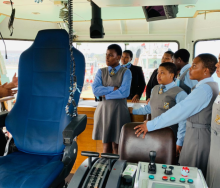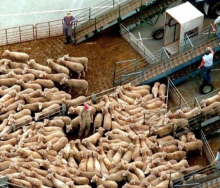The appointment of Siyabonga Gama as the group chief executive of Transnet in April this year came just under a decade after he was first tipped by certain quarters as a potential candidate for the top job at the State Owned Enterprise.
And it has taken him no time to restructure the group executive team suggesting that his 22 years with the Group has armed him with the relevant knowledge of where to find the low lying fruits.
Gama has reduced his group executive team from over 20 members to a mere eight – and this has not been achieved without casualties. All the operating divisional chief executives now report to one of the group executives ie, the chief operating officer.
The Transnet Group office is reported to be occupied by approximately 800 employees. Even for the mighty Transnet - with 60 000 employees - the Group office head count, which is normally characterized by highly expensive individuals, is way too high. It raises concerns if all these resources can be fully utilised under the new lean team. It is therefore most likely that more heads are yet to roll.
Organisational structures are traditionally influenced by the organisational strategy. However, it is also true that organisational structures emulate the executive management’s skills set and experience. It is no secret that the recent former group chief executive of Transnet had no particular experience of the logistics industry. It has to be noted though that the former group chief had the skill and experience that was crucial for the investment phase of the Market Demand Strategy (MDS) on which Transnet was required by its shareholder to embark. It is therefore logical that the former group chief deemed it necessary to swell the group office with operational expertise to be his eyes and ears on the goings on at the operational divisions.
For an organisation of the size, magnitude and diverse operations as Transnet, it is important to decentralise the decision making and accountability. It appears that Gama has opted for this model and effectively removed the day-to-day operation from the head office – for which I’ve coined the word de-operationalisation.
At the 2015/16 results announcement, Gama advised that Transnet had spent R124 billion to date and projected R380 billion over the next ten years. The spend to date and forecast is a toned down version of the bullish capital expenditure announcement of four years ago at the launch of the MDS by the former group chief. It is clearly a sign of the times - reduced global minerals and base metals demand and a decline in commodity prices. This has impacted on Transnet’s overall volumes for rail and port.
The South African logistics industry is dominated by Transnet by virtue of its ownership of South Africa’s rail and port infrastructure. An inefficient Transnet will result in an inefficient logistics system in the country. Consequently, South Africa will not be globally competitive.
Transnet’s ports today have not successfully improved their vessel berthing and working hours to acceptable norms. The sea freight cost is largely influenced by the country’s port efficiencies. The rail division’s on-time departures have improved, however the on-time arrivals remain a challenge. This signals poor throughput in the chain. Poor rail systems leave users with only one other option, namely road transport. Road transport is the most cost-inefficient system if you consider the investment in road infrastructure for maintenance.
Gama’s biggest challenge is to navigate Transnet through these challenging times where the debt incurred has to be serviced and funding for further investments needs to be sourced. This can only be achieved by a strategically focused head office that looks beyond day-to-day operational responsibilities and rids itself of non-strategic matters.
It is commonly said that if you empower fools, you get stupid decisions. We certainly hope that the large budgets that have been allocated to skills development over the past years at Transnet will ensure that the decentralisation of decisions will be met by well-equipped teams at the operational divisions.
Transnet spends over R1billion rand per annum on skills development; this is more than the total annual budget of some universities in South Africa. The operational divisions where these skills reside are the key focus area that have to unlock inefficiencies, increase volumes and generate the most needed cash.
South Africa’s success very much depends on and efficient and cost-effective logistics industry, much of it in the hands of Transnet. We can only hope that de-operationalisation of the head office and the decentralisation strategy will be adaptable to Transnet; these are no doubt based on global best practices and recommended by most business gurus. Transnet dare not fail as the consequences are dire for the logistics industry and the country’s economic outlook.
